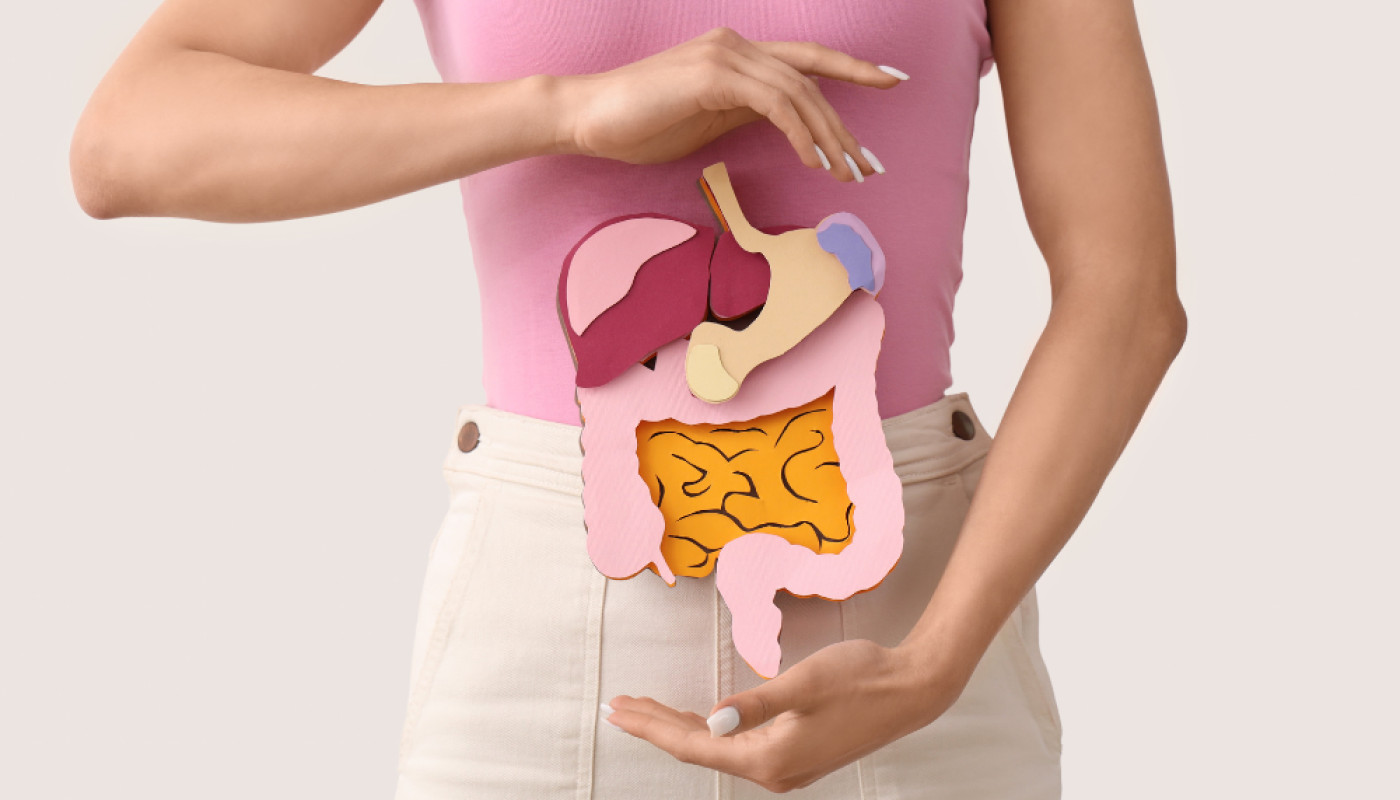Malaria is a tropical disease that affects more than 200 million people each year. Fever, headache, tension in the neck, chills and sweating, sometimes nausea, vomiting and diarrhea, are symptoms that may be present but may also alternate. Discover in this article, how to fight against this disease.
How is the disease transmitted?
Contrary to what one might think, the mosquito is not the cause of the disease. It is only the vector by which the disease spreads. In fact, malaria is caused by four different types of plasmodium, single-celled organisms belonging to the kingdom Protista. To complete their life cycle, they must necessarily replicate within human red blood cells. This occurs when the mosquito of the genus Anopheles, through a bite, releases the plasmodium from its salivary glands, which is thus free to enter the blood of the person bitten by the insect. In the same way, still by bite, the plasmodium can return again to the mosquito and infect another person afterwards.
How is malaria treated?
Early intervention is the best weapon to fight the disease. Currently, there is no vaccine. The most used strategy is drug prophylaxis, a treatment that can be carried out both in a preventive key and as a real therapy. One of the first drugs on the market was artemisinin which is an active molecule against plasmodium. It was this medicine that really changed the history of the disease. Unfortunately, the phenomena of resistance to this drug are more and more frequent. Indeed, conventional therapies provide for the combination of this molecule with multiple drugs. This caused an irresistance of this drug against malaria. Along with therapies to prevent malaria, land reclamation is essential. But by far the most effective method of killing cases is the use of insecticide-treated bed nets. Thanks to the use of this impregnated mosquito net, there will be at least a 75% reduction in cases of malaria.
Similar articles











